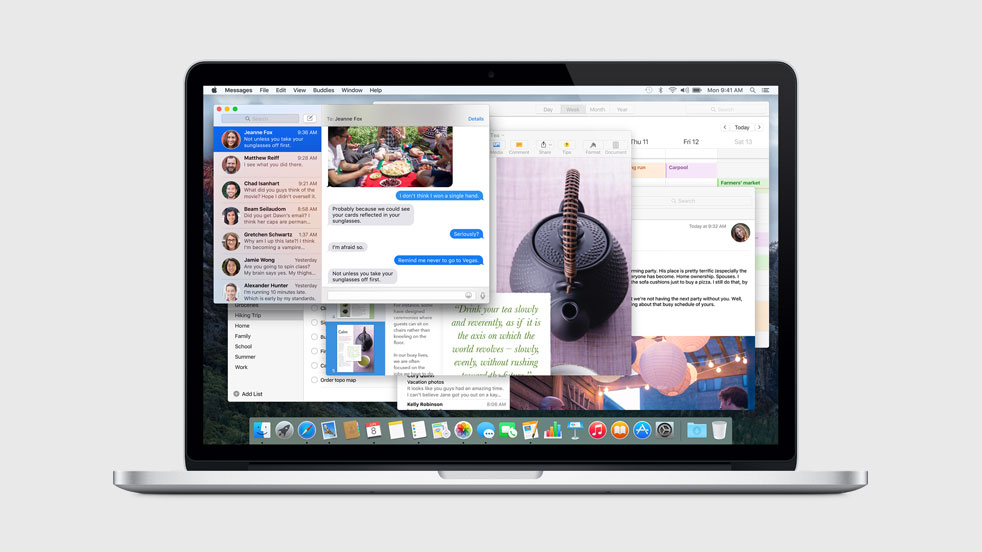

- #Reading memory stick pro duo on mac el capitan portable#
- #Reading memory stick pro duo on mac el capitan tv#
Lexar 256 MB Memory Stick Select with memory switch Memory Sticks include a wide range of actual formats, including three different form factors. Only 8 MB and 16 MB versions are available. These are referred to as programmable or programming. The Sticks include a copy protection mechanism used by the robot, allowing users to write programs.
#Reading memory stick pro duo on mac el capitan tv#
Sony typically included Memory Stick reader hardware in its first-party consumer electronics, such as digital cameras, digital music players, PDAs, cellular phones, the VAIO line of laptop computers, TV sets under the WEGA and Bravia names, and Sony's handheld gaming device, the PlayStation Portable.Ī special Memory Stick can be inserted in the hindquarters of Sony's AIBO robot pet, to enable the use of Aiboware-software intended for use on AIBOs. With a Memory Stick-capable memory card reader a user can copy the pictures taken with the Sony digital camera to a computer. For example, Sony digital compact cameras use Memory Stick for storing image files.
#Reading memory stick pro duo on mac el capitan portable#
Typically, Memory Sticks are used as storage media for a portable device, in a form that can easily be removed for access by a personal computer. SanDisk and Lexar were among the few third-party Memory Stick producers. Memory Stick cards were almost entirely produced by Sony itself. Sony's first significant migration away from Memory Stick did not come until 2019, when it introduced the α7R IV full-frame mirrorless interchangeable-lens camera without Memory Stick support, opting instead for dual SDXC slots. A prime example was the development of WiFi transfers through a special Memory Stick PRO-Duo which was still in development as of 2011. However, Sony did not abandon the format at this time, and indicated that it would continue development of the format for the foreseeable future. Many claimed this development as the end of the format war between Memory Stick and SD card. Furthermore, Sony announced the release of its own line of SD cards. All digital cameras and camcorders announced by Sony at the 2010 Consumer Electronics Show could use SD and SDHC cards as well as Memory Sticks. Īs of January 2010, it appeared that Sony had begun to combine support for SD/ SDHC and Memory Stick formats in their products. Sony was often criticized for the Memory Stick, as they were deemed to be expensive compared to other formats. Eventually Sony itself became the only company to support the format. However the SD card, jointly developed by Toshiba, Panasonic and SanDisk, became widely popular among companies and soon became the most popular flash format – by November 2003 it held 42% market share in the United States, ahead of CompactFlash's 26% and Memory Stick with 16%.

By May 2001, total shipment of Memory Stick units surpassed 10 million. In spring 2001, Memory Stick attained 25% market share (against CompactFlash's 40% and SmartMedia's 32%), up from 7% a year earlier. Initially the format had a lukewarm reception, but it soon increased in popularity, especially after the licensing deal. Some early examples of Memory Stick usage by third-party companies include Sharp's MP3 players, Alpine's in-dash players, and Epson's printers. Other companies were also licensees to the format.

In October 1999, Sony licensed the technology to Fujitsu, Aiwa, Sanyo, Sharp, Pioneer and Kenwood, in a bid to avoid a repetition of the Betamax failure. The original Memory Stick, which was launched in October 1998, was available in capacities up to 128 MB. Despite this, Sony continued to support Memory Stick on certain devices.

With increasing popularity of SD card, in 2010 Sony started to support the SD card format, which was seen as a Sony loss in the memory-card format war. In addition to the original Memory Stick, this family includes the Memory Stick PRO, a revision that allows greater maximum storage capacity and faster file transfer speeds Memory Stick Duo, a small-form-factor version of the Memory Stick (including the PRO Duo) the even smaller Memory Stick Micro ( M2), and the Memory Stick PRO-HG, a high speed variant of the PRO to be used in high-definition video and still cameras.Īs a proprietary format, Sony exclusively used Memory Stick on its products in the 2000s such as Cyber-shot digital cameras, Handycam digital camcorders, WEGA and Bravia TV sets, VAIO PCs, early Walkman digital audio players, and the PlayStation Portable handheld game console, with the format being licensed to a few other companies early in its lifetime. The Memory Stick is a removable flash memory card format, originally launched by Sony in late 1998. Memory Stick PRO, Memory Stick Duo, Memory Stick PRO Duo, Memory Stick PRO-HG Duo, and Memory Stick Micro From top to bottom: Memory Stick PRO, Memory Stick PRO Duo, Memory Stick Micro (M2)


 0 kommentar(er)
0 kommentar(er)
